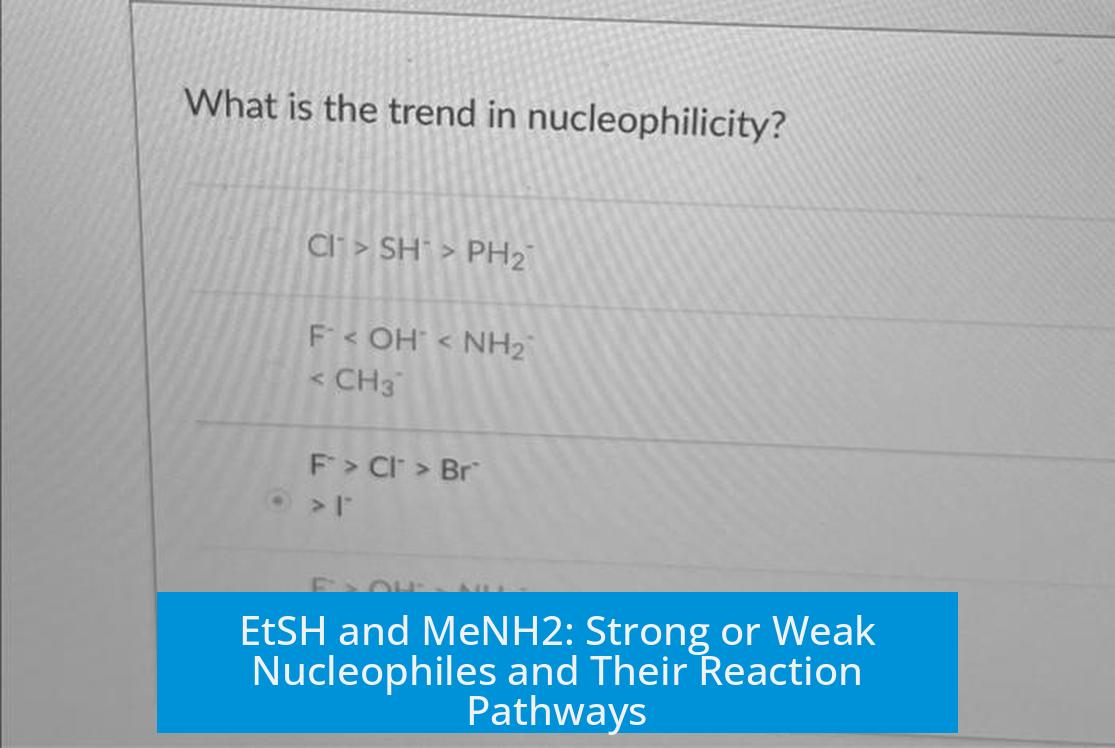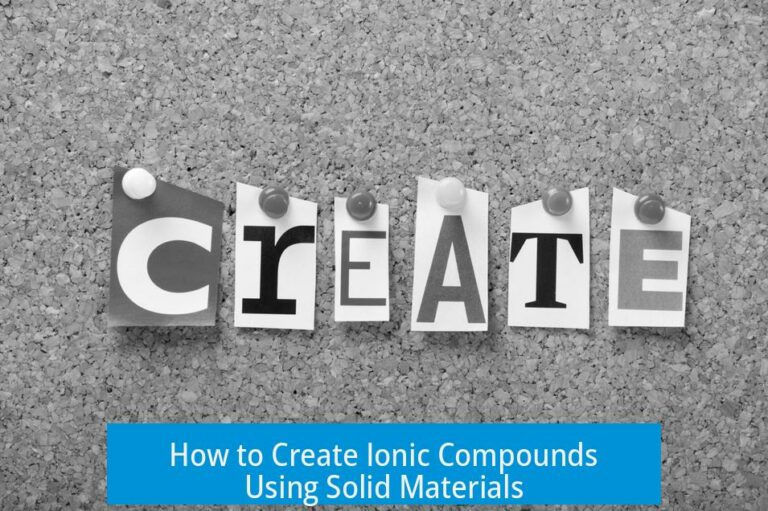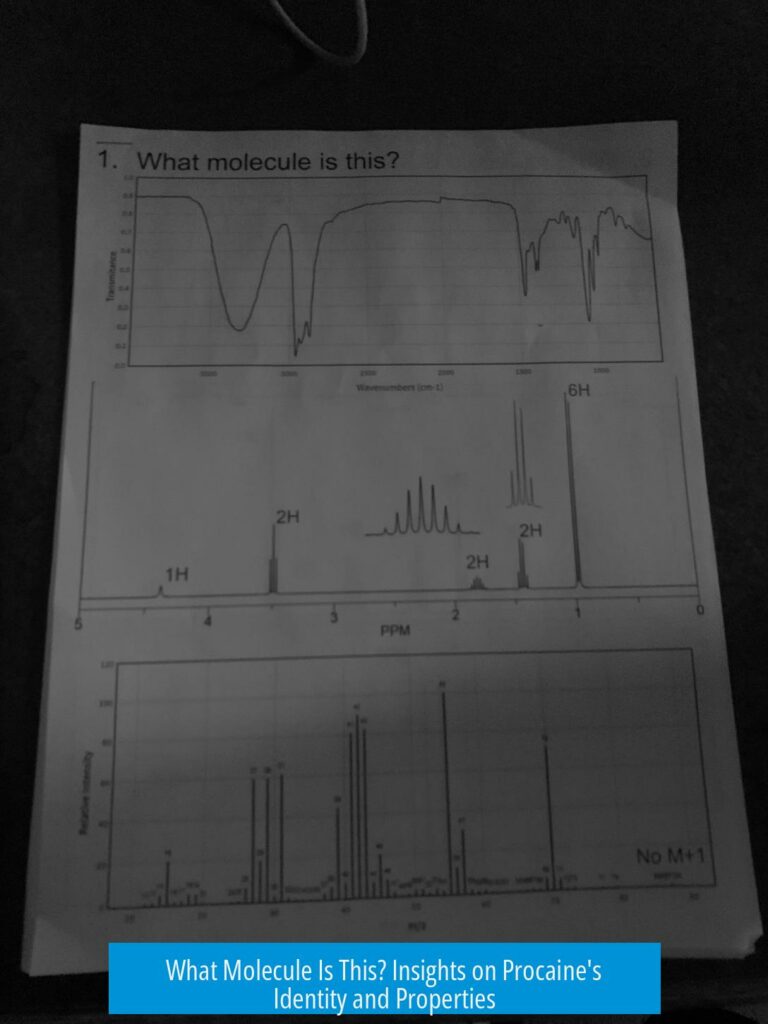Understanding Nucleophilicity of EtSH and MeNH2
EtSH (ethanethiol) and MeNH2 (methylamine) are considered weak nucleophiles in their neutral forms, meaning they do not readily donate electron pairs to electrophiles.
Ethane thiol contains a sulfhydryl (-SH) group, which can act as a nucleophile. However, as a neutral molecule, EtSH is less nucleophilic compared to its deprotonated form, the thiolate anion (EtS−), which is a much stronger nucleophile due to its negative charge. Similarly, methylamine (MeNH2) is a weak base and nucleophile when protonated, though its lone pair on nitrogen allows moderate nucleophilic activity.
How Nucleophilicity Impacts Reaction Pathways
Weak nucleophiles like EtSH and MeNH2 favor mechanisms where the rate-determining step does not rely heavily on nucleophile strength. Specifically, they are more inclined to participate in SN1 reactions, which proceed via carbocation intermediates. This pathway allows the slow formation of a carbocation, followed by nucleophilic attack, which can accommodate weak nucleophiles.
SN2 mechanisms require a strong nucleophile to simultaneously displace the leaving group in a single step. Because EtSH and MeNH2 are weak nucleophiles, they are less efficient in SN2 reactions, especially when steric hindrance or carbocation stability plays a role.
Elimination (E1/E2) Pathway Considerations
- Elimination typically requires a strong base to remove a β-hydrogen, forming an alkene.
- Weak nucleophiles and bases like EtSH and MeNH2 tend not to favor elimination.
- E1 elimination competes with SN1 but requires conditions that stabilize alkene formation.
Therefore, elimination pathways are less likely when EtSH or MeNH2 act as nucleophiles under typical reaction conditions.
Influence of Halogen and Carbocation Stability
The nature of the halogen leaving group critically influences the mechanism. A better leaving group (e.g., iodide or bromide) readily dissociates to form a carbocation, promoting SN1 pathways. Poor leaving groups impede this process, making SN2 or other mechanisms more likely. The stability of the carbocation intermediate exerts strong control over whether nucleophilic attack will proceed via SN1.
Summary of Key Points
- EtSH and MeNH2 are weak nucleophiles in their neutral forms.
- They favor SN1 mechanisms involving carbocation intermediates.
- SN2 mechanisms are less likely due to their weaker nucleophilicity.
- Elimination pathways (E1/E2) are disfavored without a strong base.
- Halogen leaving group ability affects the likelihood of carbocation formation and SN1 reaction.





Leave a Comment